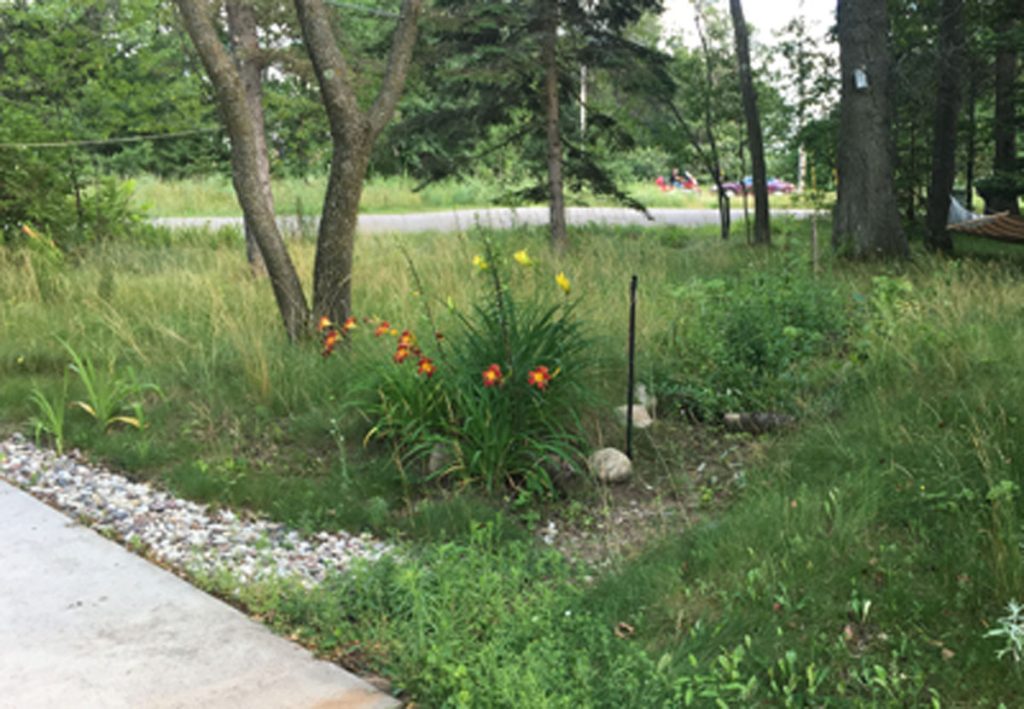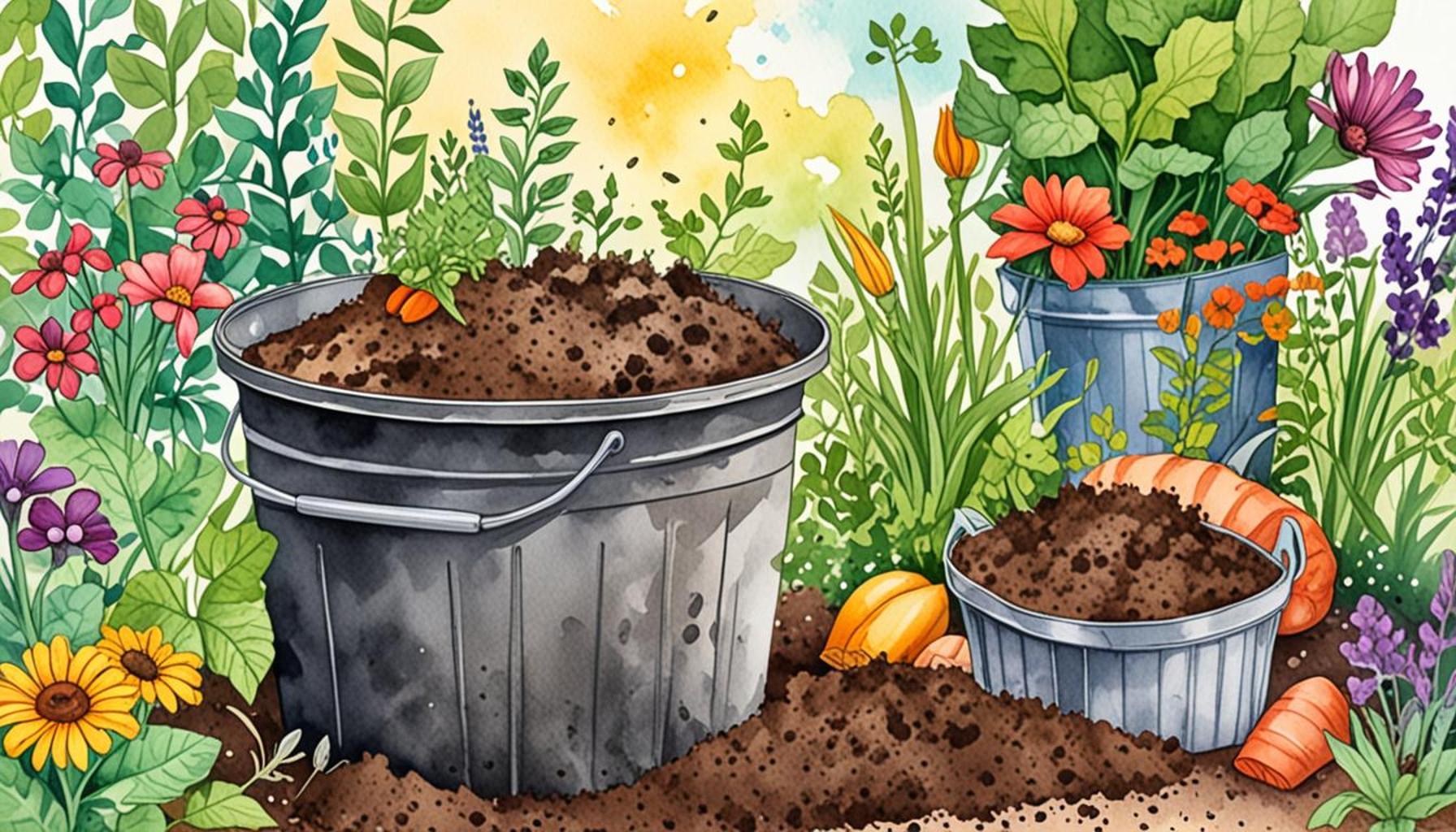Strategies to Control Soil Erosion in Small Home Gardens

Understanding Soil Erosion
Soil erosion poses a significant threat to homeowners, especially those nurturing small gardens. As topsoil—a vital layer rich in nutrients—erodes away, the very foundation of your garden’s health begins to diminish. The consequences can range from less productive plants to increased runoff pollution, highlighting the urgent need for effective solutions.
In various regions of the United States, especially those prone to dramatic climatic shifts, gardens experience heightened vulnerability to erosion. The main culprits include:
- Heavy Rainfall: Intense storms can lead to rapid water runoff, washing away layers of topsoil before plants have a chance to anchor it.
- High Winds: Strong breezes can displace soil particles, especially in areas devoid of protective vegetation.
- Improper Gardening Practices: Techniques such as monoculture planting or neglecting soil health can inadvertently create conditions ripe for erosion.
However, many effective strategies are available to homeowners determined to combat this challenge and enhance the vigor of their gardens. By safeguarding topsoil, these methods contribute positively to both the local environment and aesthetic appeal of your property. Consider implementing the following techniques:
- Planting Ground Covers: Utilization of ground cover plants such as clover or creeping thyme can significantly reduce soil exposure. These plants create a living mat that holds soil in place, prevents weeds, and adds nutrients back into the soil as they die back in the fall.
- Building Terraces: In sloped gardens, creating terraces can effectively reduce the steepness of the incline, thereby minimizing runoff. This technique not only combats erosion but also creates flat areas for planting, allowing for a more organized garden layout.
- Using Mulch: Applying a thick layer of organic mulch around plants can help to reduce water runoff and retain moisture. Materials such as wood chips or shredded leaves serve to cover bare soil, acting as a barrier against rain impact.
- Implementing Rain Gardens: A rain garden is designed to manage excess water runoff while allowing native plants to thrive. This approach captures rainwater, directing it away from vulnerable areas while enriching the soil with natural filtration.
By adopting these effective strategies, you can not only protect your small garden from erosion but also foster a sustainable and environmentally friendly ecosystem. As we proceed, we will delve deeper into each technique, offering practical tips on how to effectively implement them in your own garden.
DISCOVER MORE: Click here to learn how to choose year-round blooming plants

Planting Ground Covers
One of the most effective strategies for controlling soil erosion in small home gardens is the use of ground cover plants. These plants create a protective layer over the soil, reducing its exposure to wind and water. In addition to providing erosion control, ground covers can enhance the aesthetics of your garden while also improving soil health. Popular choices include clover, which not only stabilizes soil but also enriches it through nitrogen fixation, and creeping thyme, known for its ability to suppress weeds and thrive in poor soil conditions.
Building Terraces
For homeowners with sloped gardens, constructing terraces can significantly mitigate erosion. This method transforms a steep incline into a series of flat areas, which reduces the speed of water runoff and allows more time for it to soak into the soil. Terracing not only curbs soil loss but also provides distinct zones for planting various types of crops or ornamental plants. Additionally, using natural materials such as stone or wooden logs to form terrace walls can add character to your garden while serving a practical purpose.
Using Mulch
Another straightforward yet effective technique is applying organic mulch around your plants. Mulch—comprised of materials such as wood chips, straw, or shredded leaves—serves multiple functions. It acts as a barrier against the impact of raindrops, reducing soil compaction and erosion. Furthermore, a thick layer of mulch retains moisture in the soil, minimizing the need for frequent watering, all while gradually breaking down to enhance nutrient content. Homeowners should aim to maintain a mulch layer of at least three to four inches deep for optimal results.
Implementing Rain Gardens
Consider adding a rain garden to your landscape as a proactive measure against erosion. This ingenious garden design is particularly effective for areas prone to excess runoff. By using native plants that thrive in wet conditions, rain gardens can capture and absorb rainwater before it flows into storm drains. This allows for natural filtration and fosters a healthier ecosystem. Additionally, rain gardens can be beautifully designed to blend seamlessly with the rest of your garden, turning a functional area into an eye-catching feature.
Conclusion
The implementation of these strategies not only protects your small garden from erosion but also contributes to a healthy and sustainable environment. Each of these methods offers a unique solution tailored to the specific needs of any garden, promoting a resilient landscape that can withstand the challenges of weather and time. As we delve further, we’ll provide practical tips on how to effectively incorporate these strategies, ultimately helping your home garden flourish.
| Strategy | Benefits |
|---|---|
| Mulching | Helps retain moisture, reduce erosion, and improve soil quality. |
| Planting Cover Crops | Prevents soil disruption, enhances nutrient content, and curbs weed growth. |
| Terracing | Reduces runoff, protects crops on sloped land, and improves aesthetics. |
| Using Rain Gardens | Improves drainage, reduces erosion from stormwater, and promotes biodiversity. |
Integrating these strategies into small home gardens can dramatically enhance the soil’s ability to withstand erosion. For instance, mulching not only conserves moisture but also creates a protective barrier against raindrop impact. Meanwhile, planting cover crops can vastly improve soil structure while adding necessary nutrients and preventing weed invasion. In cases where gardens are situated on slopes, terracing can be incredibly effective in halting soil movement during heavy rains. It allows efficient water management, reducing the amount of soil lost to erosion. Additionally, establishing rain gardens can channel and capture excess rainwater, thereby minimizing runoff while enhancing local ecosystems. Each method contributes to the overall health and vitality of home gardens, making them both resilient and productive. These techniques are invaluable for gardeners aiming not only to maintain aesthetic appeal but also to foster sustainable practices. Understanding and implementing them can lead to a significant reduction in soil erosion, ensuring your garden thrives for years to come.
DISCOVER MORE: Click here to learn about common garden pests
Employing Contour Plowing
One of the lesser-known but highly effective methods for managing soil erosion in small home gardens is contour plowing. This technique involves plowing along the contour lines of a slope rather than directly up and down. By following the natural shape of the land, gardeners can create furrows that act like small barriers, slowing water runoff and allowing it to permeate the soil more effectively. This method can be particularly beneficial in preventing soil loss on slopes, ultimately leading to improved moisture retention and healthier plants.
Utilizing Erosion Control Fabrics
Another innovative approach involves the use of erosion control fabrics. These synthetic or natural fibers are designed to be laid over exposed soil areas to protect them from erosive forces. In areas that have recently been disturbed or are prone to erosion, installing these fabrics can greatly reduce sediment loss while allowing water and nutrients to penetrate the surface. Over time, as the vegetation grows through the fabric, it integrates into the soil, promoting stability and enhancing the garden’s health. Homeowners can find various products suited to specific plant types or areas, making it a versatile option for any garden.
Creating Swales
The incorporation of swales into your garden design provides an additional layer of control over erosion. Swales are shallow ditches designed to capture and hold rainwater while directing it across the landscape, rather than allowing it to quickly flow away. By collecting runoff, swales improve water absorption and help to prevent soil loss. Planting native grasses or deep-rooted shrubs along the sides of these structures can further enhance their effectiveness, creating natural barriers that contribute to both erosion control and biodiversity.
Choosing Native Plants
Utilizing native plants in your garden layout is a foundational strategy for controlling soil erosion. Native plants are well-adapted to the local climate and soil conditions, which means they typically require less maintenance and have deeper root systems. These extensive root networks play a significant role in stabilizing the soil and reducing erosion. Furthermore, native plants attract local wildlife, including pollinators, creating a balanced ecosystem in your garden. Examples of suitable native plants in the U.S. include black-eyed Susans and coneflowers, both known for their robustness and beauty.
Implementing Raised Beds
Facilitating soil retention can also be easily achieved through the use of raised garden beds. This method allows for better control of water drainage and erosion, especially in areas with heavy rainfall. Raised beds are constructed with borders that help keep the soil intact while giving gardeners more control over soil quality, drainage, and access. Additionally, this technique can significantly reduce soil compaction, leading to healthier root systems and improved plant growth, ultimately fortifying the garden against erosion.
By employing these various strategies, homeowners can actively safeguard their small home gardens from the detrimental effects of soil erosion. Each method uniquely contributes to the health of the garden ecosystem while providing visual interest and practicality for any landscape design.
DISCOVER MORE: Click here to learn about pest-resistant plants
Conclusion: Sustaining Soil Health in Small Home Gardens
In conclusion, soil erosion poses a significant threat to the vitality of small home gardens, but with the right strategies, homeowners can effectively combat this challenge. By adopting techniques such as contour plowing, utilizing erosion control fabrics, and creating swales, gardeners can significantly reduce soil runoff while enhancing water absorption. The choice to incorporate native plants not only stabilizes the soil with robust root systems but also fosters biodiversity, creating a flourishing ecosystem that supports local wildlife.
Furthermore, implementing raised beds allows for improved soil management and minimizes erosion risk, offering a practical solution for gardeners facing heavy rainfall or steep terrains. These methods are not only practical but sustainable, encouraging a healthy environment while allowing for aesthetic appeal in any landscape design. By embracing these diverse erosion control strategies, homeowners have the opportunity to cultivate thriving gardens that withstand the elements and nurture plant health.
Ultimately, protecting one’s garden from soil erosion involves a proactive approach that combines creativity, knowledge, and ecological sensitivity. As climate change continues to impact weather patterns, understanding and implementing these strategies will be essential for maintaining soil integrity. Gardeners are encouraged to explore local resources and expert guidance to tailor these solutions to their unique conditions, ensuring that their gardens not only survive but thrive for generations to come.



